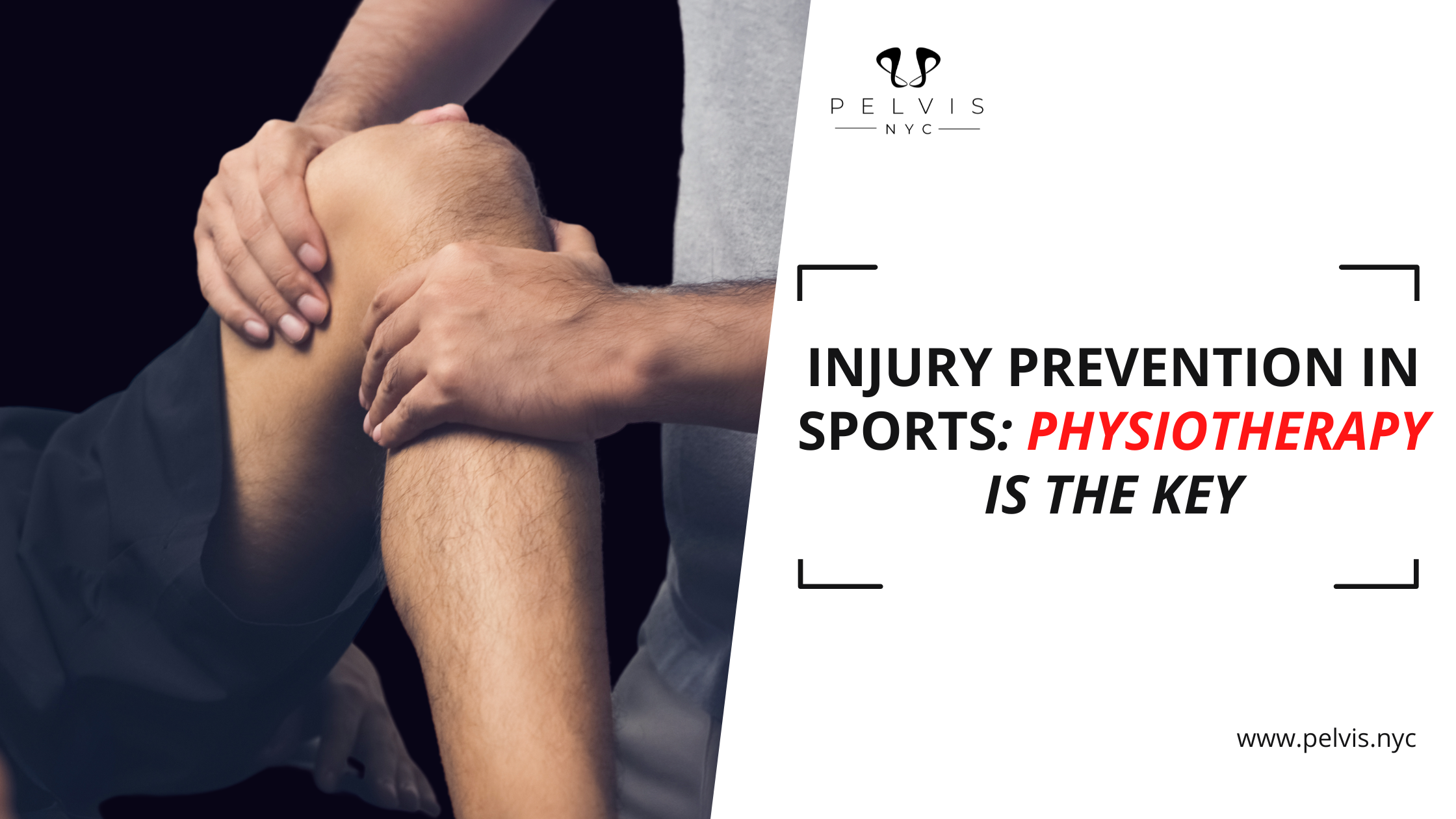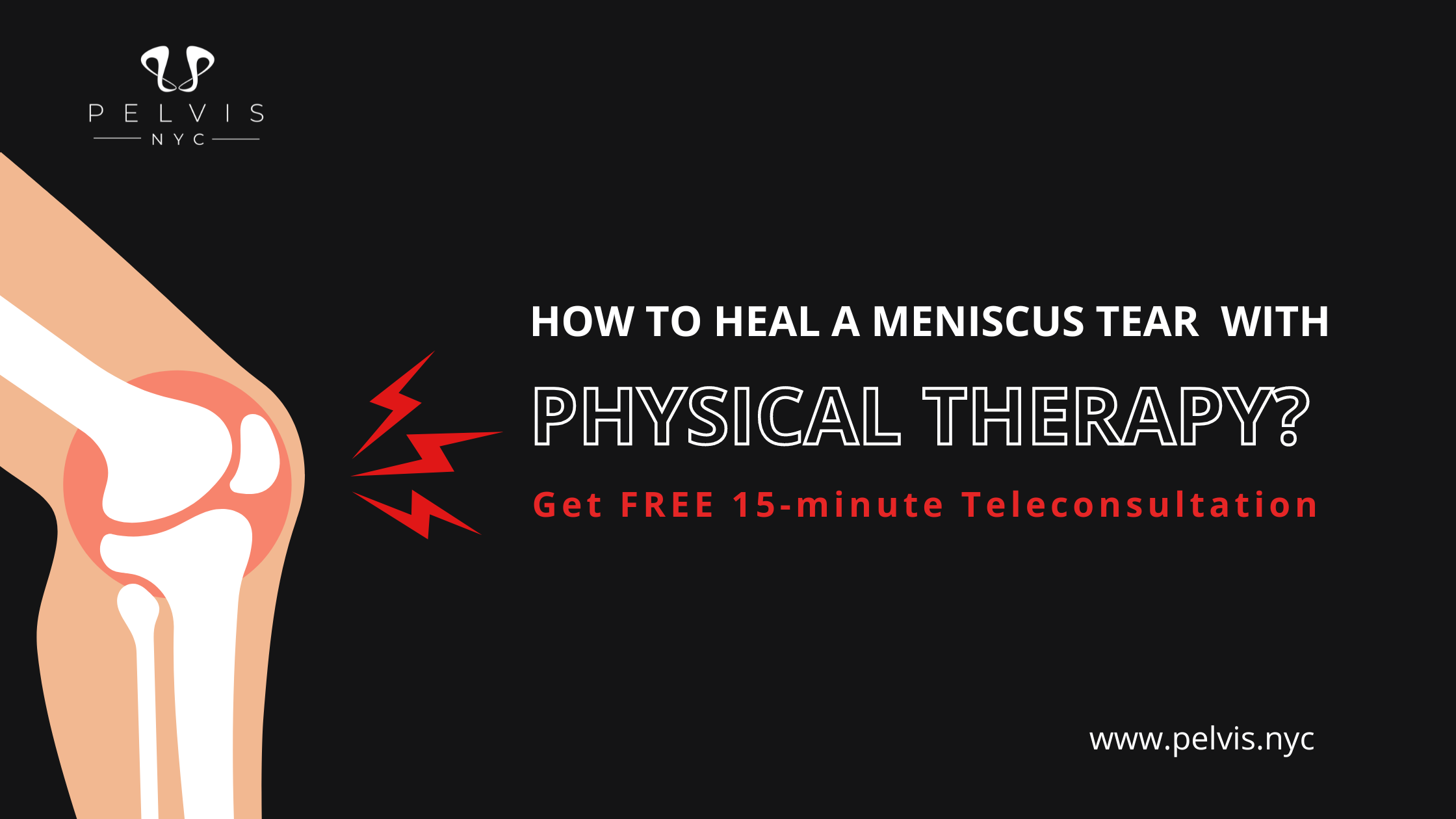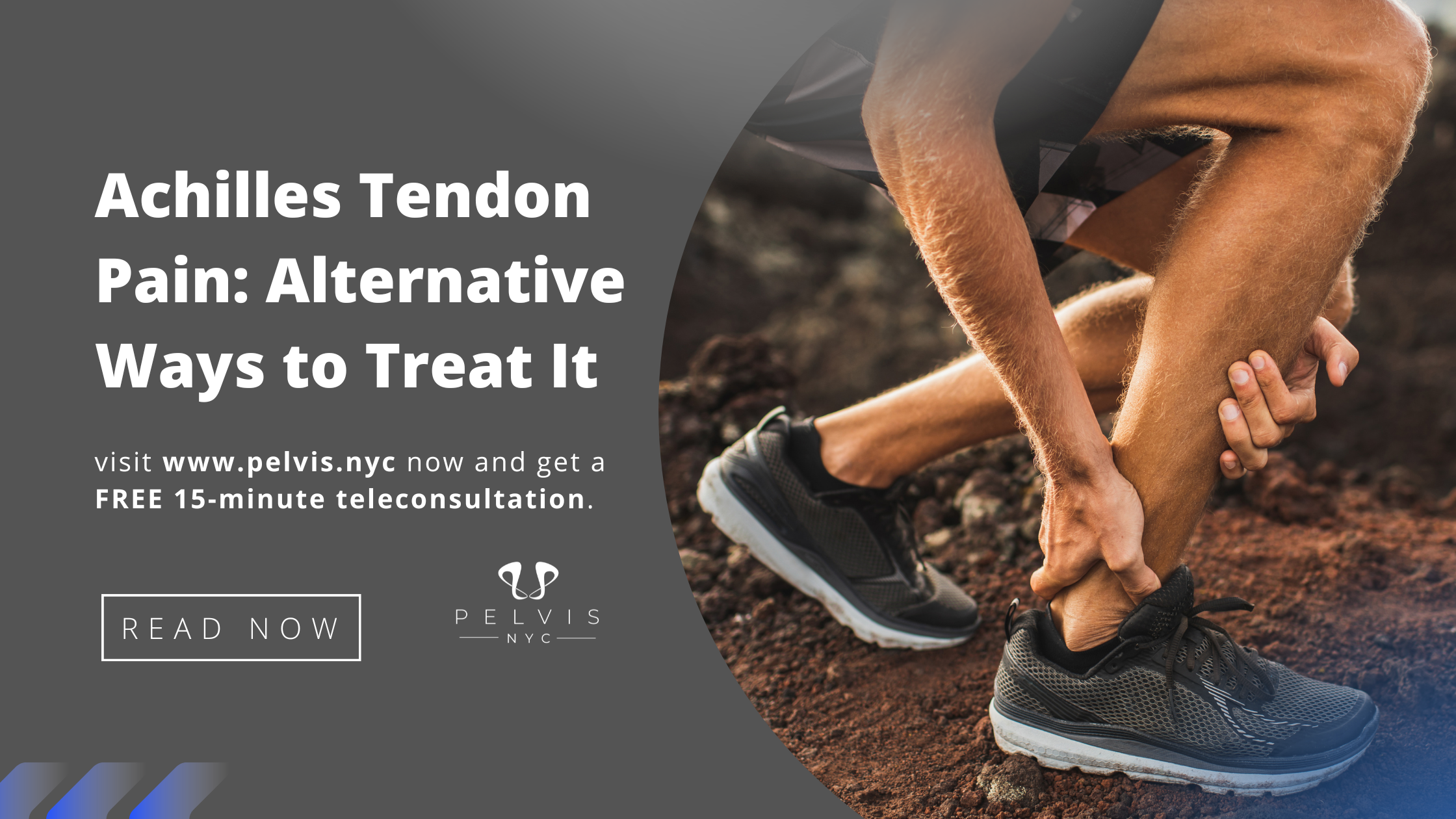If you’re reading this, chances are you or someone you care about is dealing with Hard Flaccid Syndrome (HFS). Let me tell you, I know firsthand how frustrating and embarrassing this condition can be. The good news is that there are hard flaccid syndrome treatment options available that can help alleviate the symptoms.
Note: This blog story is written from the POV of one of our patients.
Introduction
When I first experienced Hard Flaccid Syndrome (HFS), I had no idea what was happening to my body. It seemed like nobody else was talking about this condition, and I didn’t know where to turn for help. I felt alone, confused, and embarrassed. However, through my research and conversations with our men’s group, I discovered a hard flaccid doctor who provides an effective hard flaccid syndrome treatment.
Whether you’re a man experiencing HFS or a partner looking to support someone who is, I want to provide you with the information and tools that were given to me by Dr. Adam Gvili– Doctor of Physical Therapy of Pelvis NYC. These help me find relief and reclaim my sexual health.
Hard Flaccid Syndrome Treatment Process
Before we start, I want to clarify that this treatment process was tailored to my needs by Dr. Gvili. Every treatment is different for every patient experiencing HFS. This is only a guide or preview of how physical therapy helps me regain my sexual potency.
- Assessment
The first step that was given to me by Dr. Adam was to undergo an assessment. During this process, he examined my pelvic area and conducted a thorough interview to gather information about my medical history and symptoms.
- Muscle strengthening
Since hard flaccid syndrome is caused by weakened pelvic floor muscles, he created a specific treatment plan for me. Dr. Gvili developed a personalized exercise plan to strengthen pelvic floor muscles and improve their function.
- Stretching
Tight or shortened muscles can also contribute to Hard Flaccid Syndrome. He also provides targeted stretches to help lengthen my muscles and reduce tension.
- Pain Management
Aside from the common treatment process prescribed by him, he also helped me manage my pain through various techniques such as massage, heat therapy, and manual therapy. These are so refreshing!
- Lifestyle modifications
Lifestyle habits can also contribute to the development of Hard Flaccid Syndrome. According to Dr. Adam, making lifestyle changes may be necessary to manage this condition effectively. He guided me on diet, hydration, and other lifestyle factors that impact pelvic floor function.
Pelvis NYC for Hard Flaccid Syndrome Treatment
Dr. Adam Gvili can work with patients to identify underlying causes contributing to their symptoms. He is also knowledgeable in guiding how to make changes that can improve pelvic floor function.
Also, Dr. Adam Gvili uses a holistic approach to hard flaccid syndrome treatment by developing a comprehensive plan for managing their symptoms and improving their overall quality of life.











